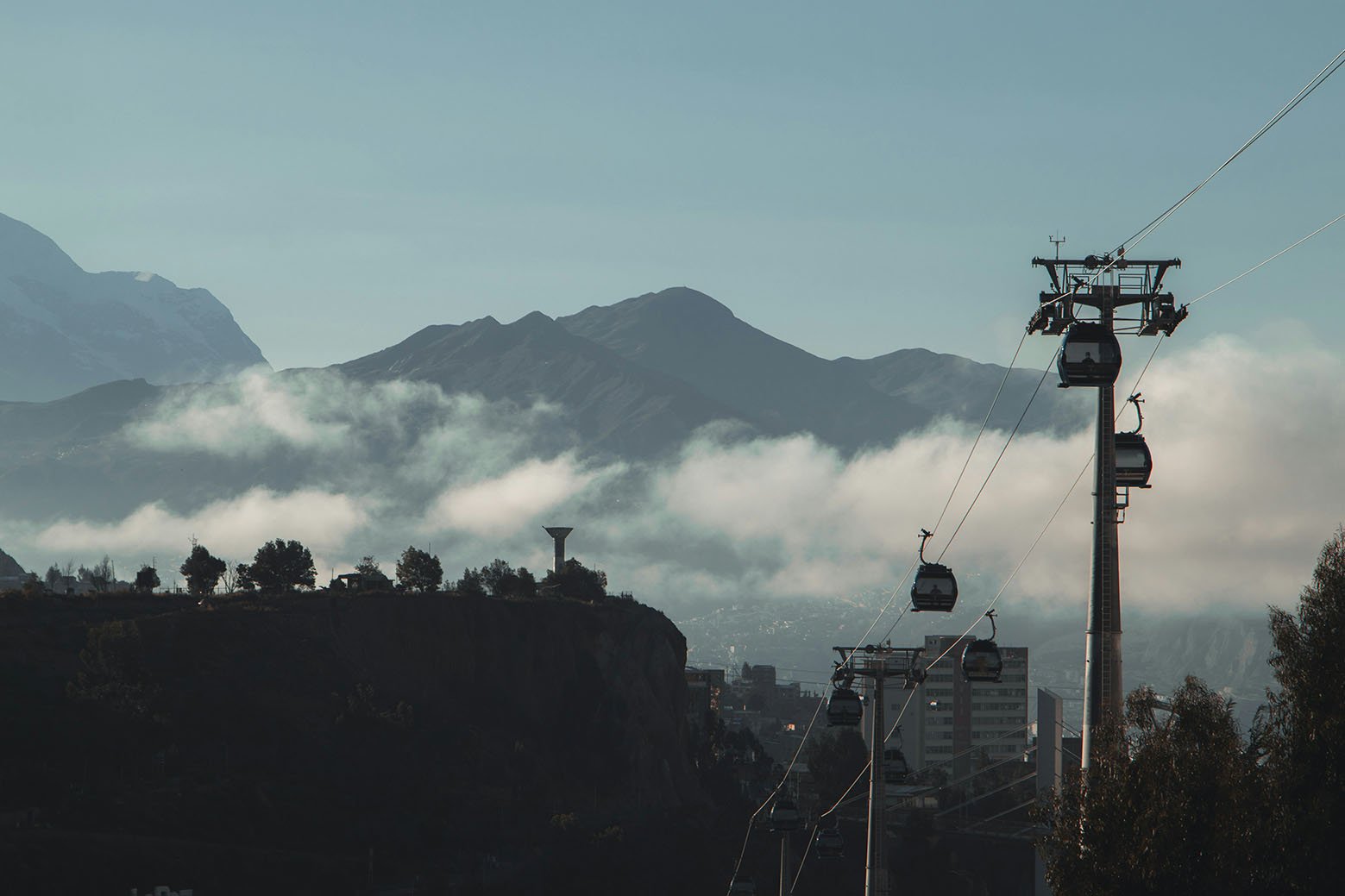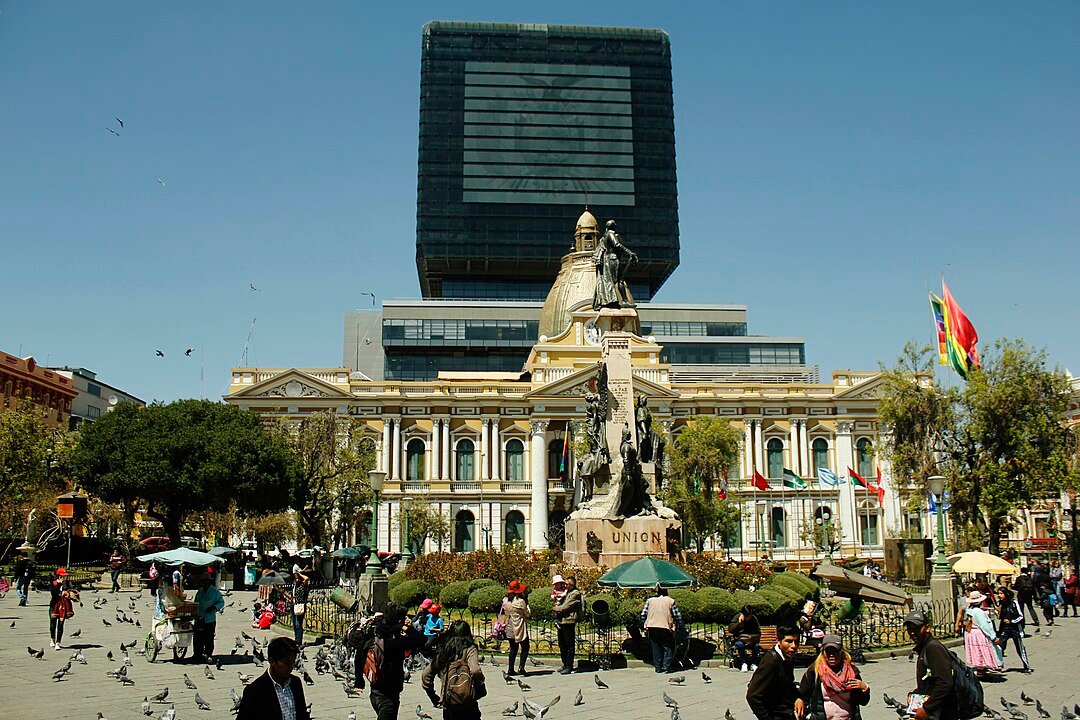La Paz is a city rich in cultural heritage, deeply rooted in both indigenous and colonial traditions.
La Paz, the administrative capital of Bolivia, is situated at an extraordinary altitude of approximately 3,650 meters (11,975 feet) above sea level, making it one of the highest capital cities in the world. This unique geographical location provides the city with breathtaking views of the Andes mountains and creates a distinctive atmosphere that is both exhilarating and challenging for visitors. The varying altitudes throughout the city contribute to its rich tapestry of landscapes, creating a blend of urban and natural environments that intrigue travelers.
Historically, La Paz has evolved significantly since its founding in 1548. Initially established by the Spanish conquistadors, the city has retained elements of its pre-Columbian heritage, reflecting the diverse indigenous cultures that have inhabited the Andean region for centuries. The vibrant history of La Paz is evident in its architecture, from colonial structures to contemporary buildings, presenting a fascinating juxtaposition of old and new. Such contrasts enrich the urban fabric and offer visitors a chance to explore the remnants of the past while experiencing modern-day Bolivian life.
Places
In La Paz

Teleférico - Cable Car System
The Teleférico is a pivotal feature of La Paz's public transport system, representing an innovative solution to the city’s unique geographic challenges. Opened in 2014, this cable car system spans approximately 10.5 kilometers and connects various neighborhoods, significantly easing the commute for thousands of residents. The Teleférico was developed to provide an efficient means of transport in a city renowned for its steep terrain, where conventional buses and road transport face considerable limitations.

Plaza Murillo
Plaza Murillo is the heart of La Paz, Bolivia, serving as both a historical landmark and a vibrant social hub. This central square is renowned for its impressive architecture and significant monuments that reflect the rich cultural heritage of Bolivia. Surrounded by important government buildings, including the Presidential Palace and the National Congress, Plaza Murillo is a focal point in the political life of the nation. Visitors to the plaza can admire the neoclassical style of these structures, which offer a glimpse into the country's colonial past.

The Witches Market
The Witches’ Market, or Mercado de las Brujas, is a distinctive attraction nestled in the heart of La Paz, Bolivia. It serves as a dynamic vibrant marketplace that is steeped in history and cultural significance. Widely recognized as a hub of traditional Andean spirituality, the market showcases a unique blend of indigenous beliefs and practices. As visitors stroll through the narrow pathways lined with colorful stalls, they are greeted by an array of intriguing items that offer a glimpse into Bolivian culture.
